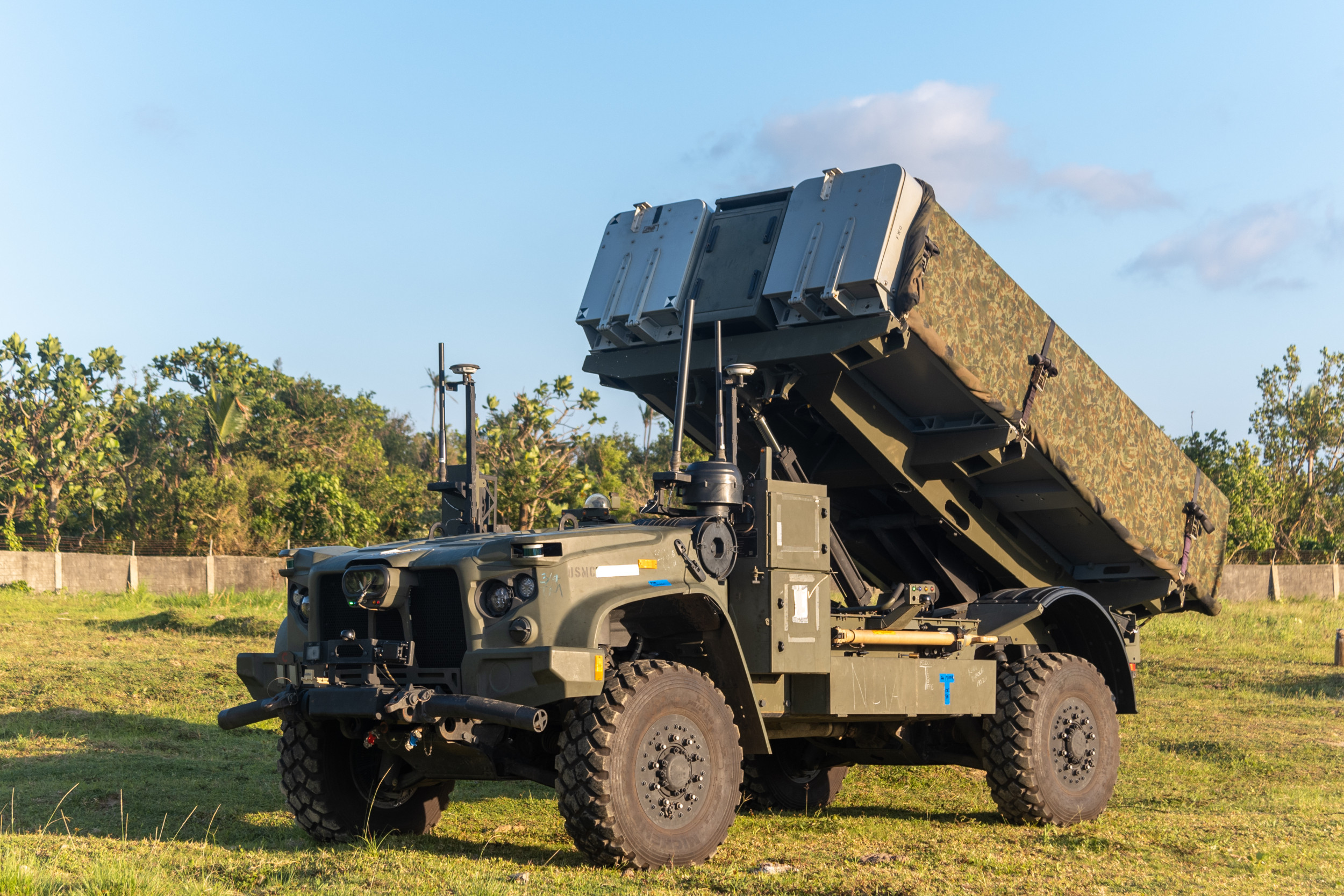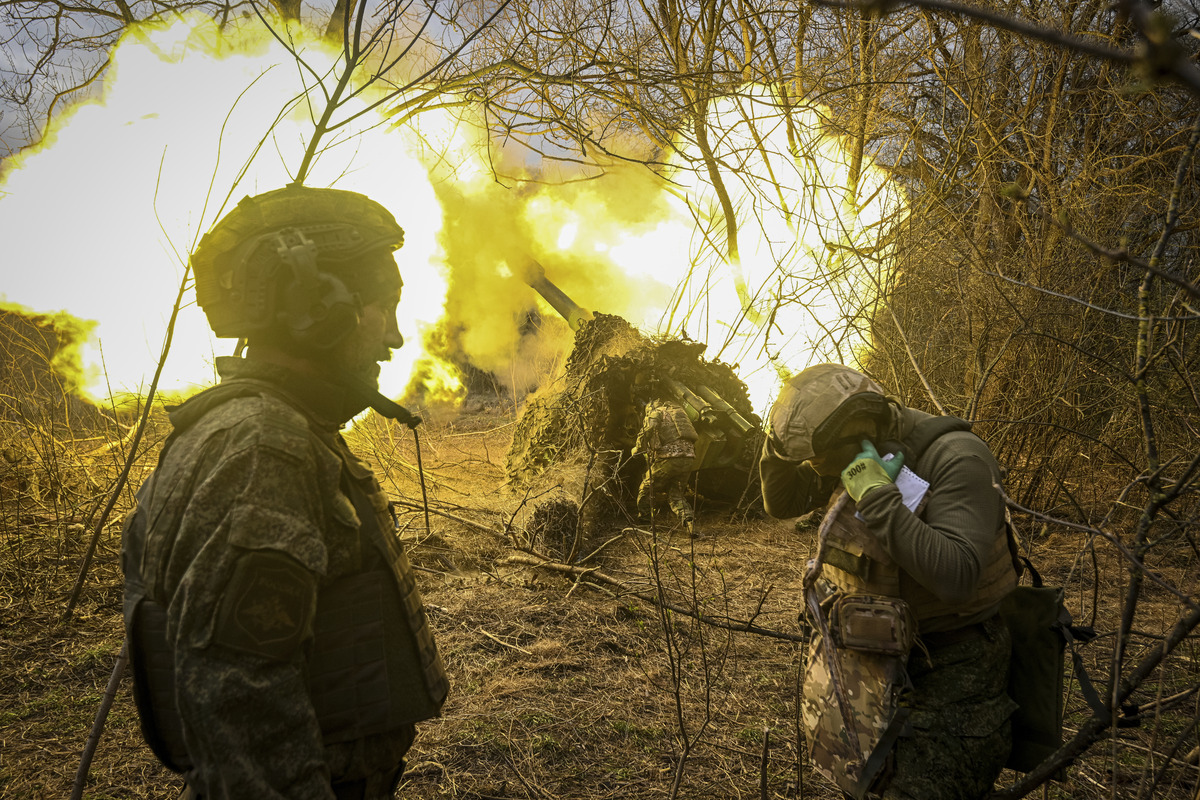
The United States deployed anti-ship missiles on a strategic Philippine island during a drill while a Chinese aircraft carrier staged a show of force against the allies in the nearby waters.
Newsweek has contacted the Chinese Defense Ministry for comment by email.
Why It Matters
The Philippines, a U.S. ally that has territorial disputes with China over the South China Sea, forms the first island chain with Taiwan and Japan under a U.S. containment strategy that seeks to restrict China’s military access to the Pacific Ocean using Washington-aligned territories.
The Chinese military—which has the world’s largest navy by hull count—has been expanding its reach and presence beyond the first island chain. The U.S. is arming its regional allies and partners with ship-sinking missiles to counter China’s navy.
What To Know
The Navy-Marine Expeditionary Ship Interdiction System (NMESIS) was deployed for the first time during a bilateral exercise, code-named Balikatan 2025, on Batan Island in the northern Philippines on April 26, the U.S. Marine Corps announced on Sunday.

Chief Warrant Officer 2 Trent Randolph/U.S. Marine Corps
The NMESIS is a ground-based launcher. It consists of a remote-operated vehicle equipped with two Naval Strike Missile containers and is designed for facilitating sea denial and sea control by striking enemy ships from a distance of more than 100 nautical miles (115 miles).
Batan Island is north of the Luzon Strait, which is an important waterway for China’s navy to accomplish a breakthrough of the first island chain. The strait is situated between Taiwan and the Philippines, linking the South China Sea and the Philippine Sea.
The American anti-ship weapon held a simulated fire mission during the deployment. “We’re not here practicing a war plan. We’re practicing for the defense of the Philippines,” U.S. Marine Corps Lieutenant General Michael Cederholm told reporters.
Washington and Manila signed a mutual defense treaty in 1951, which says an attack on either side in the Pacific region would prompt the partnered countries to take action. This includes attacks on Philippine military, public vessels or aircraft in the South China Sea.
Meanwhile, the Japanese Defense Ministry reported that a Chinese naval strike group, which was led by the aircraft carrier CNS Shandong, sailed toward the South China Sea on Friday, following its deployment to east of Luzon, an island in the northern Philippines, on Wednesday.
4/23~25、中国海軍クズネツォフ級空母「山東」を含む複数隻の中国海軍艦艇が、太平洋の海域において航行し、艦載戦闘機等の発着艦を確認しました。また、4/25、これらの艦艇が南シナ海へ向けて航行したことを確認しました。#防衛省・自衛隊 は、引き続き #警戒監視・情報収集… pic.twitter.com/C5At4LtHrv
— 防衛省統合幕僚監部 (@jointstaffpa) April 26, 2025
The Shandong and three escorting warships transited the Luzon Strait as they were spotted 323 miles south of Yonaguni Island in southwestern Japan, a map by Newsweek shows.
During its three-day deployment in the Philippine Sea, the Shandong‘s carrier-based fighter jets and helicopters conducted 70 and 60 takeoffs and landings, respectively, Tokyo added.
What People Are Saying
U.S. Marine Corps Lieutenant General Michael Cederholm said: “We don’t broadcast when we’re going in, when we’re coming out and how long things are going to stay. All I’ll say is we’re here at the invitation and with the support of the Philippine government.”
Philippine Brigadier General Michael Logico said: “A peaceful region can only be maintained through a proper balance of strength between opposing forces until such time that … both countries decide that it’s not going to be worth it to fight over this area.”
What Happens Next
It remains to be seen whether the NMESIS will stay behind following the conclusion of the exercise. Another American missile system, the U.S. Army Mid-Range Capability, has been stationed in the Philippines since April 2024, which was deployed for drills at first.





